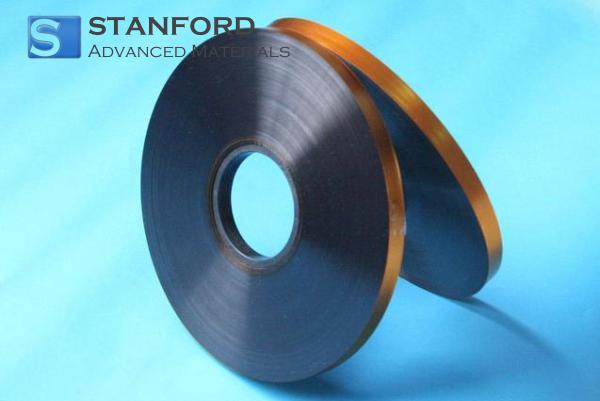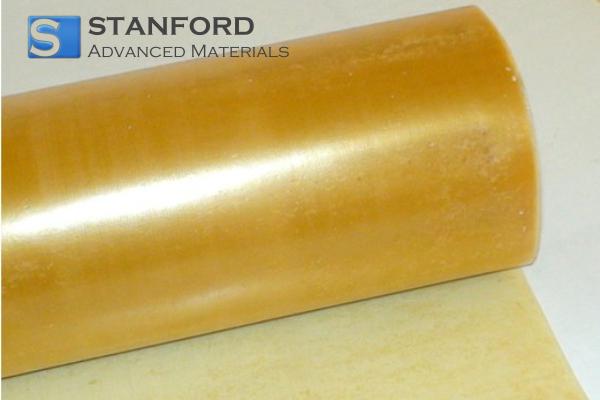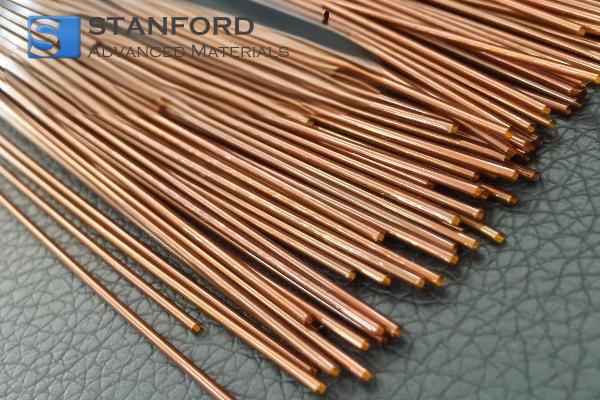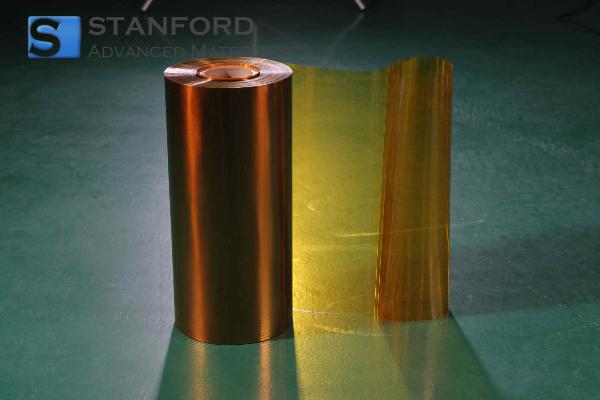Carbon: Element Properties And Uses
Description
Carbon is a non-metallic element that plays a crucial role in biological processes, industrial applications and chemistry. It possesses well-defined chemical and physical properties, which render it highly versatile.
Introduction to the Element
Carbon, represented as "C" in the Periodic Table, is a chemical element with an atomic number of 6. It is one of the most abundant elements on Earth, occurring in both living organisms and the crust. Given that it forms stable bonds with many elements, including itself, it is indispensable for life.
Carbon occurs naturally in various forms, primarily as graphite, diamond and amorphous carbon (for example, coal). It is a key constituent of organic molecules, which are the fundamental building blocks of life. Its capacity to form multiple bond types permits the synthesis of a wide range of compounds, thereby placing it at the centre of organic chemistry.
Description of Chemical Properties
Carbon exhibits a broad range of chemical properties. One significant feature is its capacity to form covalent bonds with a variety of elements, including hydrogen, oxygen, nitrogen and itself. This property facilitates the formation of numerous molecular configurations. The following are some important chemical properties of carbon:
- Bonding Behaviour: Carbon can form single, double or triple bonds depending on the bonding partner.
- Reactivity: In its elemental forms (such as graphite or diamond) carbon exhibits low reactivity; however, at elevated temperatures it reacts with oxygen to produce carbon dioxide (CO₂). It may also react with halogens, hydrogen and metals.
- Oxidation States: Carbon can exhibit oxidation states of -4 (for example, in methane, CH₄), 0 (as found in graphite or diamond), +2 (as in carbon monoxide, CO) and +4 (as in carbon dioxide, CO₂).
- Allotropes: Carbon occurs in various allotropes, including diamond, graphite, graphene and fullerenes. The arrangement of carbon atoms in each allotrope produces distinct chemical properties.
Data Table of Physical Properties
|
Property |
Value |
|
Atomic Number |
6 |
|
Density |
2 267 g/cm³ (Diamond), 1 550 g/cm³ (Graphite) |
|
Melting Point |
Sublimation at approximately 3915°C (Diamond) |
|
Boiling Point |
Sublimation at ca. 3915°C (Diamond) |
|
Hardness |
Extremely hard (Diamond), soft (Graphite) |
|
Electrical Conductivity |
Conducts electricity (Graphite, Graphene) |
|
Thermal Conductivity |
High conduction (Diamond) |
|
Colour |
Colourless (Diamond), grey/black (Graphite) |
Additional information is available at Stanford Advanced Materials (SAM).
Common Applications
Owing to its diverse physical and chemical properties, carbon is utilised in various industries:
- Steel Production: Carbon is an essential component in steel production. It is used to modify the properties of iron, thereby making it stronger and more durable.
- Pigment: Carbon is used as a black pigment in inks, paints and coatings.
- Electronics: Graphite is employed in electronic components such as batteries, capacitors and as electrode material.
- Filtration: Activated carbon is incorporated into water and air filtration systems to remove contaminants.
- Lubrication: The lubricating properties of graphite reduce friction in mechanical systems.
- Diamond: Diamond is used for the manufacture of cutting tools and in jewellery.
Preparation Methods
Carbon can be produced in various forms by a number of methods:
- From Coal: Carbon is extracted from coal via a process termed "carbonisation". In this process, coal is heated to high temperatures in the absence of oxygen, thereby yielding coke, which is a pure form of carbon.
- Graphite: Naturally occurring graphite is mined, and synthetic graphite is produced by subjecting carbon-based materials, such as petroleum coke, to high-temperature treatments.
- Diamond: Although natural diamonds are extracted, synthetic diamonds are produced using high-pressure, high-temperature techniques or chemical vapour deposition (CVD).
- Activated Carbon: Activated carbon is manufactured by heating carbon-rich materials, such as wood or coconut shells, in the presence of gasses. This process yields a porous material with a large surface area.
Related Industrial Products
Carbon is integral to many industrial processes and products:
- Carbon Composite Materials: These composites are utilised in the aerospace, automotive and sports industries for the production of lightweight and strong components.
- Carbon Nanotubes: Carbon nanotubes are employed in electronics, energy storage and nanotechnology owing to their strength and electrical conductivity.
- Carbon Dioxide (CO₂): Carbon dioxide is used in the manufacture of beverages, in fire extinguishers and as a refrigerant.
Frequently Asked Questions
What is the most common form of carbon?
Carbon is most frequently found in the forms of graphite, diamond and amorphous carbon (for example, coal).
Is carbon toxic?
Carbon in its elemental form is not toxic; however, carbon monoxide (CO), a gas produced by the incomplete combustion of carbon-based fuels, is highly toxic.
Why is carbon important for life?
Carbon forms the backbone of all organic molecules, including proteins, lipids and nucleic acids, and is therefore essential for biological processes.
What is activated carbon used for?
Activated carbon is applied in filtration systems for water and air to remove pollutants and toxins.
How does diamond differ from graphite?
Both materials consist solely of carbon atoms. However, diamond possesses a crystal structure that renders it extremely hard, whereas graphite is composed of planar layers that permit easy movement between them.

 Bars
Bars
 Beads & Spheres
Beads & Spheres
 Bolts & Nuts
Bolts & Nuts
 Crucibles
Crucibles
 Discs
Discs
 Fibers & Fabrics
Fibers & Fabrics
 Films
Films
 Flake
Flake
 Foams
Foams
 Foil
Foil
 Granules
Granules
 Honeycombs
Honeycombs
 Ink
Ink
 Laminate
Laminate
 Lumps
Lumps
 Meshes
Meshes
 Metallised Film
Metallised Film
 Plate
Plate
 Powders
Powders
 Rod
Rod
 Sheets
Sheets
 Single Crystals
Single Crystals
 Sputtering Target
Sputtering Target
 Tubes
Tubes
 Washer
Washer
 Wires
Wires
 Converters & Calculators
Converters & Calculators
 Write for Us
Write for Us




 Chin Trento
Chin Trento



